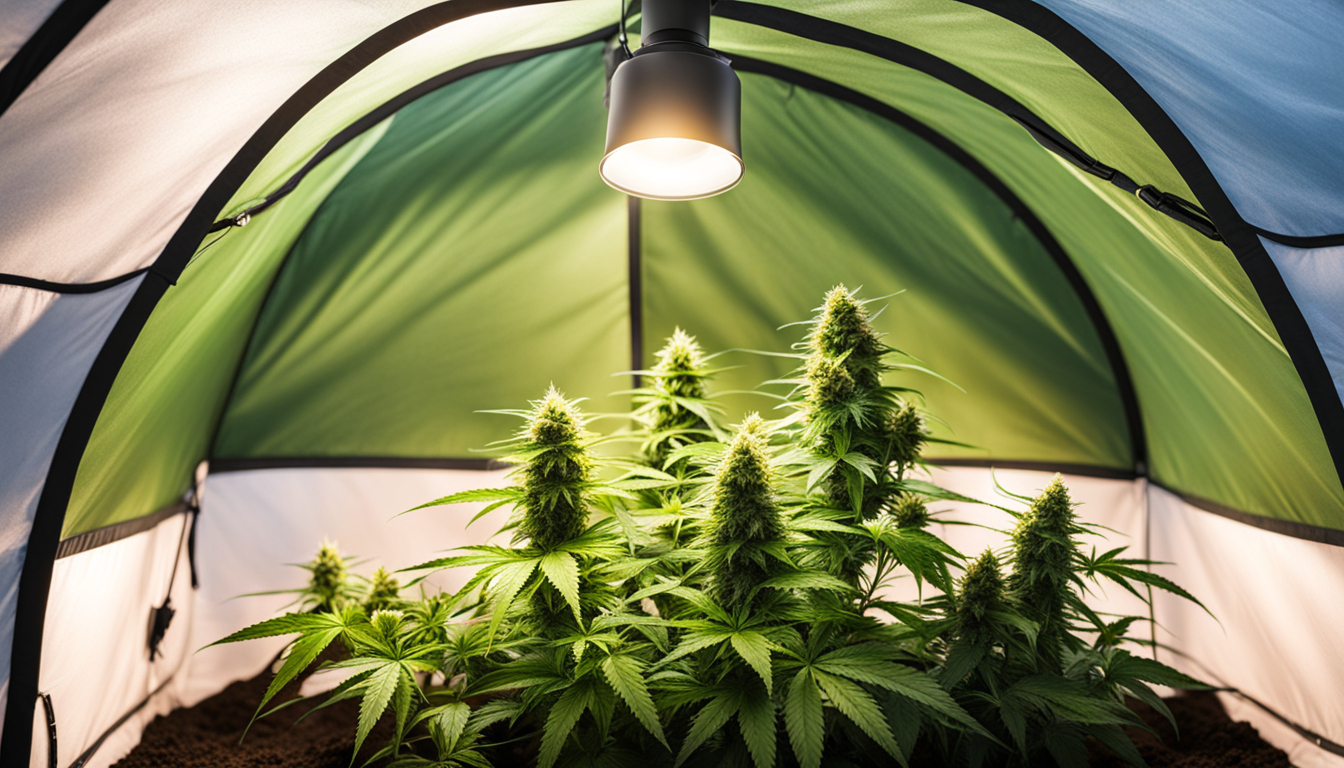
Whether you're beginning weed growing or looking to improve your existing harvest, following this complete guide will help you produce large, high-quality yields right at home. With the right equipment, methods, and attention, cultivating pot indoors can be an extremely rewarding and cost-effective endeavor.
Choosing Weed Strains
The first step in planning your indoor crop is choosing the right pot strains to cultivate. The three main types of weed plants each have their own characteristics.
Sativas
Known for their energizing intellectual effects, sativas spread tall and slender with narrow leaves. They flourish in tropical tropical climates and have a longer blooming time between 2.5-3 months indoors. Top energizing varieties include Sour Diesel, Durban Poison, and Jack Herer.
Indicas
Indicas provide relaxing full-body effects and grow short and bushy with broad leaves. Accustomed to colder mountain climates, they bloom faster within 2-2.25 months. Popular relaxing varieties include Northern Lights, Bubba Kush, and Bubba Kush.
Mixed strains
Mixed varieties mix traits from both energizing strains and relaxing strains. They offer blended effects and have medium blooming times around 2.25-2.5 months. Popular hybrids are OG Kush, Girl Scout Cookies, and Blue Dream.
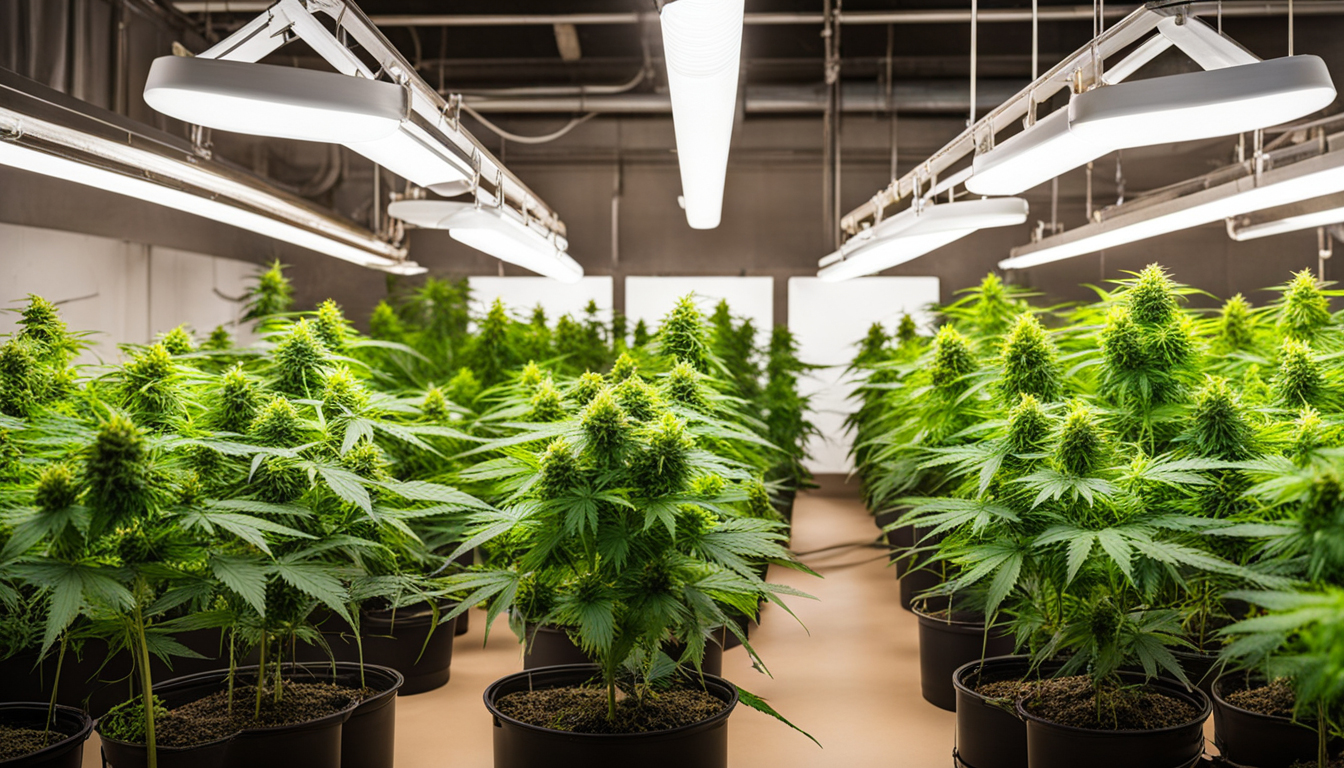
Setting Up Your Grow Space
Pot plants need the right controlled environment to succeed. Key factors for indoor farms are lighting, ventilation, layout, and finding the ideal discreet location.
Location
Choose an available space with direct access to water and electrical outlets. An empty spare room, large closet, corner of the basement, or cultivation tent tucked away in a garage all make great stealthy cultivation room spots.
Lights
Weed requires intense light for all growth stages. LEDs are efficient and come in full spectrum options mimicking real outdoor light. Cover 250-400 watts per sq. ft for the vegetative stage and 400-600 watts per sq. ft. for flowering.
Airflow
Proper ventilation and exhaust systems maintain ideal temp, moisture, and fresh CO2 levels. Set up silent 10-15 cm fans or scrubbers to refresh stale air and reduce odors.
Layout
Maximize your space by positioning plants strategically under the lamps and allowing room to access and work around them. Set up distinct zones for vegetation, bloom, curing, and cloning.
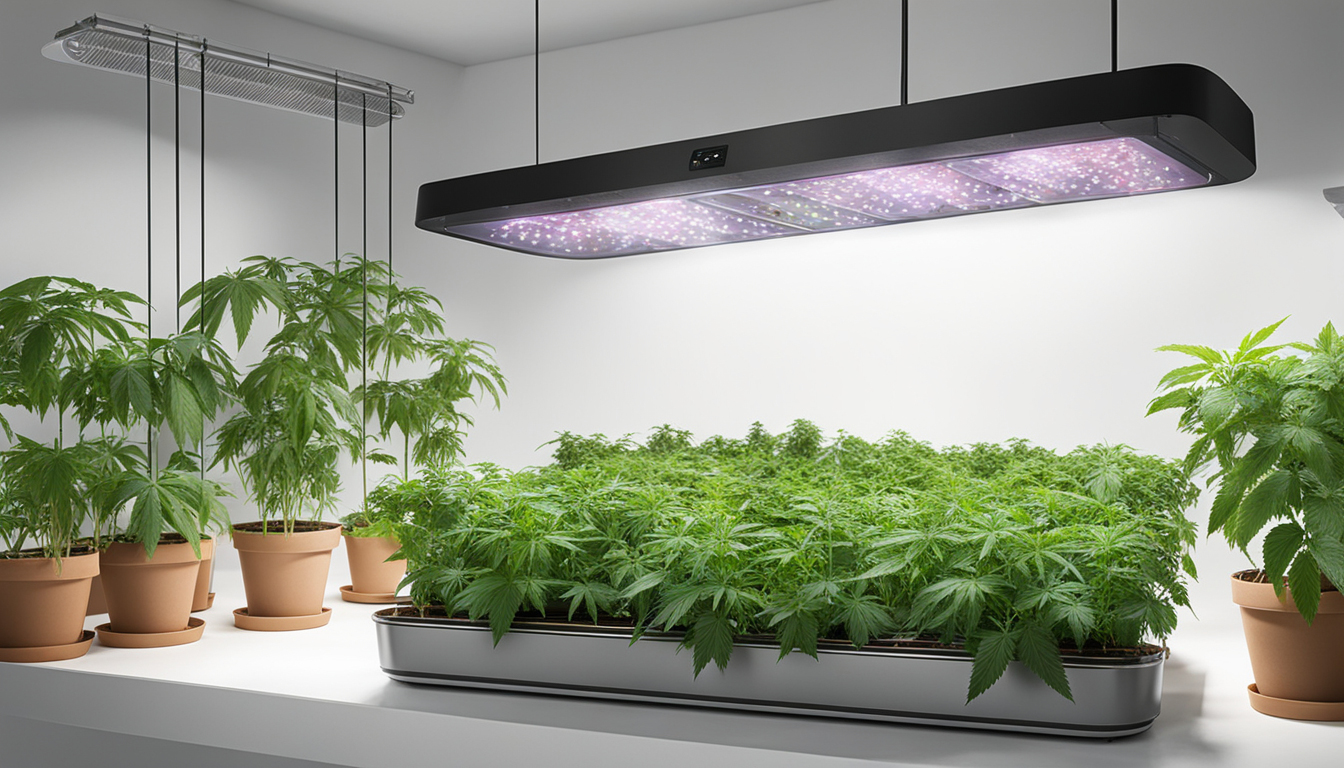
Growing Substrates
Weed can be cultivated in various mediums, each with pros and cons. Pick a appropriate option for your specific setup and cultivation style.
Soil
The classic substrate, soil is affordable and easy for new growers. It provides great taste but needs more watering and nutrients to nourish plants. Amend soil with vermiculite or coco to enhance drainage.
Coconut coir
Made from coir, renewable coconut fiber retains water but still lets in air to the roots. It's cleaner and more predictable than soil. Use coir-specific nutrients to avoid accumulation.
Hydroponics
In water systems, plant roots develop directly in nutrient irrigation solution. This allows rapid development but needs close monitoring of solution chemistry. Deep water culture and drip systems are common methods.
Sprouting Seeds
Germination prepares your pot seeds to begin sprouting radicles. This prepares them for planting into their cultivation medium.
Towel Method
Place seeds between moist paper towel and maintain them moist. Check after a week for growing taproots indicating sprouting is complete.
Direct Planting
Insert seeds right into pre-moistened growing medium 6mm deep. Gently water and wait 7-14 days until sprouts push through the surface.
Cubic rockwool
Soak rockwool cubes in balanced water. Place seeds 6mm deep into the cubes. Keep cubes wet until seedlings emerge within a week to 2 weeks.
Repotting Young plants
Once sprouted, weed young plants need to be repotted to avoid overcrowding. Move them into proper sized pots.
Ready Containers
Fill final pots with growing medium enriched with time-released fertilizer. Allow containers to absorb water overnight before repotting.
Gently repotting
Gently separate seedling roots from germination medium using a spoon. Put into pre-soaked pot at same depth as before and lightly water in.
Vegetative Stage
The growth stage encourages foliage and plant form through 3/4 to full day of daily light exposure. This stage usually lasts 4-8 weeks.
Providing 18-24 Hours of Light
Use grow lights on a 24 daily schedule or outdoor light to initiate nonstop growth. Lamp output influences height and node distance.
Fertilizing
Use vegetative stage nutrients higher in N. Make sure pH remains around 5.8-6.3 for full fertilizer uptake. Fertilize 25-50% concentration after 14 days and strengthen slowly.
LST and topping
Fimming, LST, and trellising direct shoot shapes for flat canopies. This increases yields.
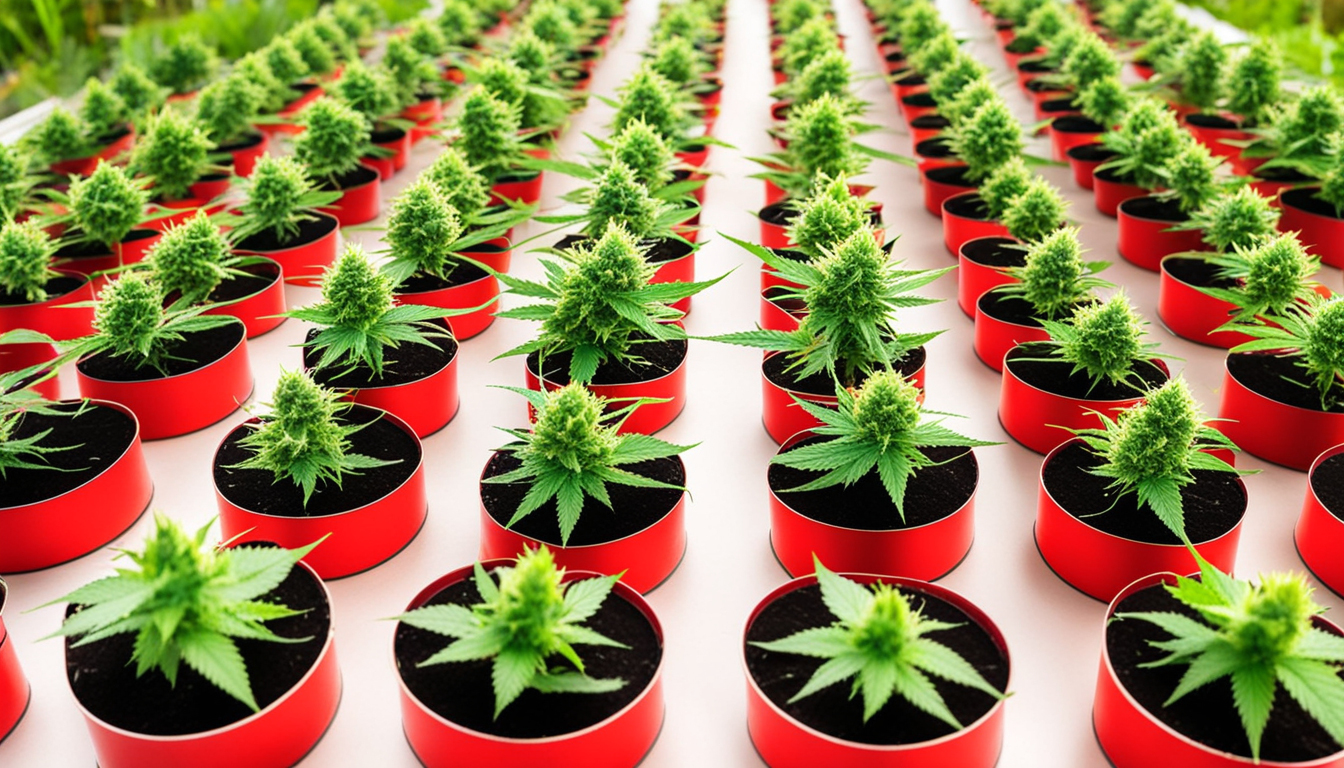
Bloom Stage
The blooming stage develops buds Request More Info as plants show their sex under a 12 hour cycle schedule. It lasts 8-12 weeks depending on variety.
Switching to 12/12
Switch grow lights to 12/12 or place outside for natural 12/12 timing. This triggers plants to begin flowering.
Stop Fertilizing
Leaching flushes out nutrient salts to improve flavor. Fertilize weakly the first period then just use pH'd water the last 2 weeks.
Flushing
Continue 12/12 light timing but leach using neutral pH water only. Resume clean watering if buds aren't yet mature after two weeks.
Harvesting
Recognizing when marijuana is fully ripe delivers peak cannabinoid content and aroma. Harvest plants at optimal ripeness.
Identifying Ripeness
Check fading pistils, swelling Send a Message calyxes, and 10-15% cloudy trichs. Inspect buds across the plant as they won't all mature evenly.
Cutting Plants
Use clean, sharp trimming scissors to gently cut each plant at the base. Keep several inches of stem attached.
Curing
Hang intact plants or colas upside down in a lightless room with average temp and RH around 50-60% for 1-2 weeks.
Curing
Aging keeps drying while improving the buds like fine wine. This technique mellows harshness and intensifies cannabinoid contents.
Jars and Humidity
Trim cured buds from stems and store into sealed containers, filling about 75% capacity. Use a hygrometer to monitor jar moisture.
Burping Daily
Unseal jars for a short time daily to gradually lower humidity. Rehydrate buds if humidity goes under 55%.
Final Cure
After 14-21 days when humidity levels off around 55-65%, do a final manicure and store forever in sealed jars.
Troubleshooting
Even experienced cultivators run into various pot plant problems. Identify problems early and fix them properly to keep a healthy garden.
Poor feeding
Yellowing leaves often indicate inadequate nitrogen. Purpling stems and leaves signal phosphorus deficiency. Test pH and increase fertilizers gradually.
Pests
Thrips, aphids, fungus gnats, thrips, and nematodes are Donate Here common marijuana pests. Use neem oil sprays, ladybugs, and yellow traps for natural control.
Powdery mildew
High moisture encourages botrytis and root rot. Improve circulation and venting while lowering RH below 50% during bloom.
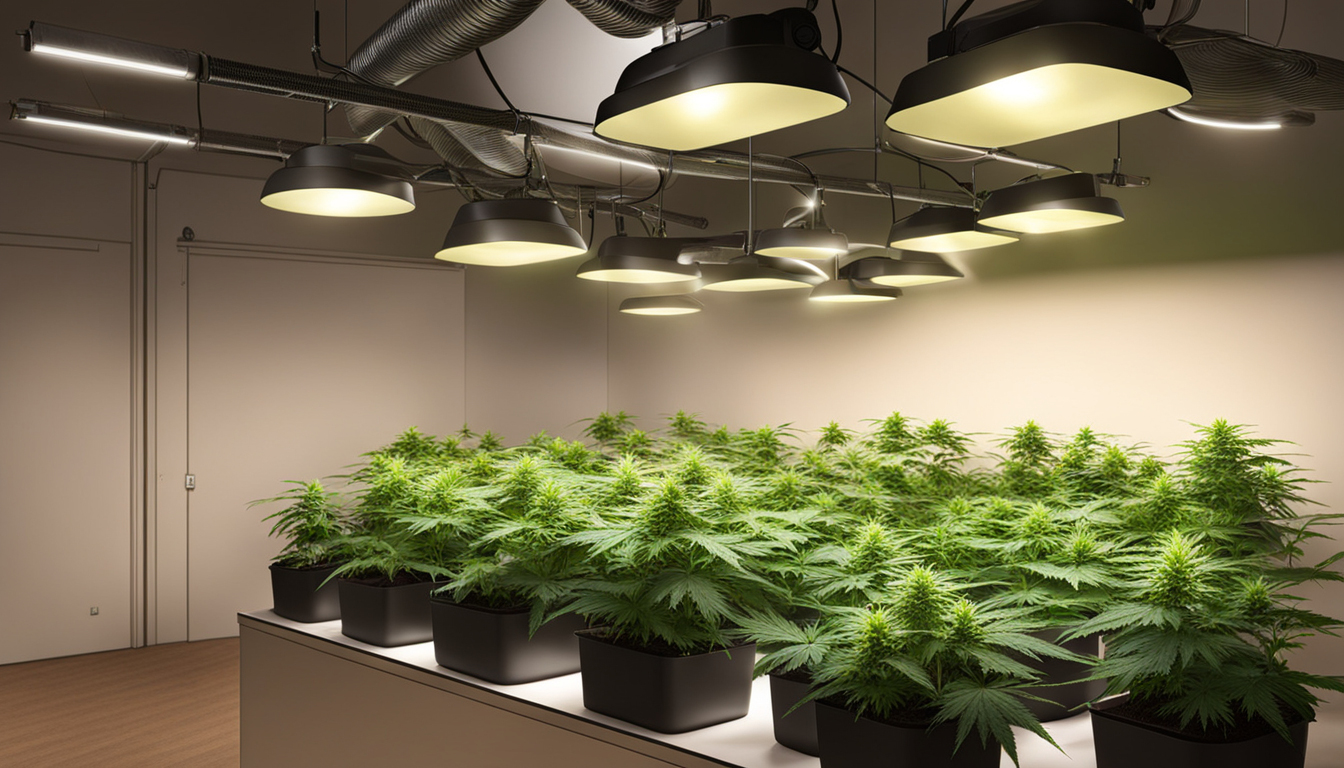
Conclusion
With this complete indoor marijuana growing guide, you now have the info to grow plentiful potent buds for private grows. Apply these steps and techniques during the germination, vegetative, and flowering stages. Spend in good equipment and carefully check on your plants. In time, you'll be compensated with frosty fragrant buds you raised yourself under the patient guidance of your green thumbs. Happy growing